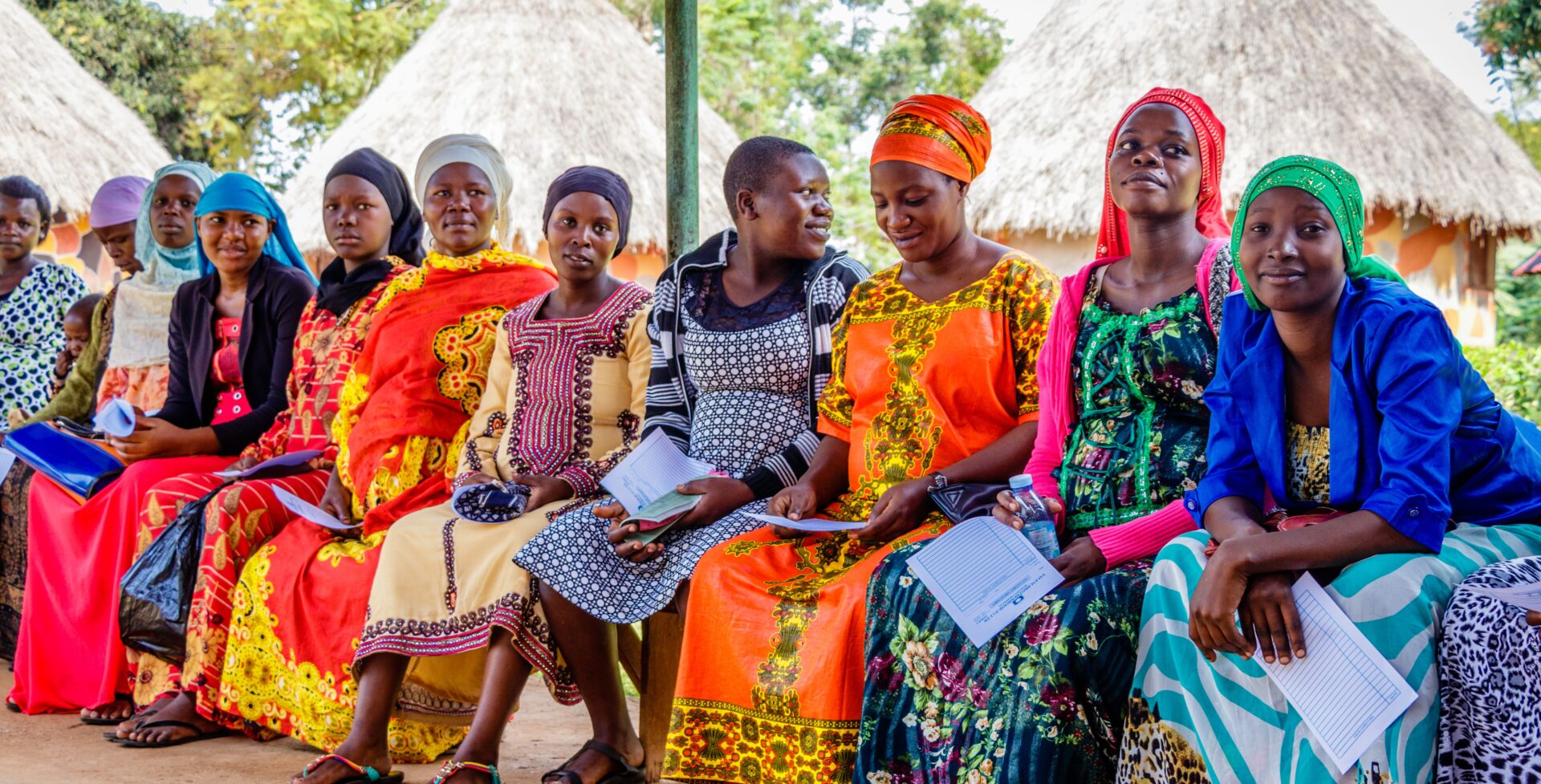Women’s empowerment is a complex concept to measure in development research. The Women’s Empowerment in Agriculture Index (WEAI) provides a standardized way to measure women’s empowerment through agency and participation in decision-making for female farmers. The Pro-WEAI index, for example, analyzes ten agency indicators, including specific modules related to health and nutrition, livestock, and market inclusion.
The Impacting Gender & Nutrition through Innovative Technical Exchange in Agriculture (IGNITE) is a program implemented by Tanager, Laterite, and 60 Decibels focused on gender empowerment and nutrition in agriculture.
IGNITE deployed Pro-WEAI as part of two mixed-methods projects in Ethiopia: one, with the Sasakawa Africa Association, to study how gender factors influence decisions on best practices in teff farming households; and the second with Digital Green, to understand if women-only video extension groups lead to different household outcomes for female and male wheat farmers.
Lessons in measuring women’s empowerment from IGNITE
The Pro-WEAI is a powerful tool to assess women’s empowerment in agriculture. However, in order to ensure high-quality data, the tool must be adapted to the local context. For our studies in Ethiopia, these adaptations included rephrasing questions, removing answer choice options, restructuring modules, and even re-collecting data where quality was low.
Based on IGNITE’s experience, we offer the following recommendations for research teams implementing the Pro-WEAI in Ethiopia or any other country:
1. Understand the local cultural context
Pro-WEAI is structured to allow meaningful comparisons of female empowerment across regions. In practice, some of the standardized questions did not resonate with participants in the mixed methods study. For example: inquiring about egg and dairy purchases in a region where farmers produce their own, or asking about meat and dairy consumption during fasting periods when Orthodox Christian respondents follow a vegan diet, adds minimal information. The response to these questions will be “Not applicable/household does not purchase this”, which doesn’t provide any useful insights.
A research team must therefore have a deep understanding of culture and customs to uncover limitations that may otherwise be unnoticed or lead to incorrect interpretation.
2. Pilot instruments
Field pilots are an opportunity to flag contextual as well as translation issues. The Pro-WEAI tool, for instance, includes a question about who is responsible for “processing the harvest”. The direct Amharic translation is “gathering of the harvest”, but this is a minor part of overall teff processing which includes pounding, grinding, packaging, soaking, drying, whitening, and milling.
In Ethiopia, men are mostly responsible for harvesting and, because respondents answered the questions strictly, women’s contributions were underreported. The pilot exposed the unintentional bias resulting from direct translation. IGNITE’s solution: framing the question more elaborately and listing all activities associated with the processing of teff.
Standardized methods for measuring women’s empowerment are essential but they are not always ready to use out-of-the-box. Keeping the local context in mind, conducting extensive piloting, and complementing the survey with qualitative data will help improve the quality of your results.
3. Collect qualitative data
Conceptually, WEAI questions assume that rural households follow a rational and straightforward model of decision-making. Although it’s clear that standardized instruments need to generalize to some extent, this approach risks disregarding social norms, subtle processes, and other elements that influence decision-making and its outcomes, as well as unexpected changes in decisions.
IGNITE’s experience with the Pro-WEAI tool in Ethiopia has shown that including a qualitative component to the study is critical for understanding how decisions are made and capturing the nuanced nature of decision-making in rural households. For example, while men are seen as the decision-maker and wives may defer to their husbands, many male study participants stated that failing to secure her agreement on issues such as selling household assets is a major breach of trust likely to result in a divorce. A purely quantitative survey would likely not yield this level of detail.
Standardized methods for measuring women’s empowerment are essential but they are not always ready to use out-of-the-box. Keeping the local context in mind, conducting extensive piloting, and complementing the survey with qualitative data will help improve the quality of your results.
This blog post was contributed by Ioana Lungu, Research Associate at Laterite based in Addis Ababa, Ethiopia. This was developed from IGNITE research conducted with Sasakawa Africa Association and Digital Green in Ethiopia. This blog is based on our case study on Using Pro-WEAI in the Field: Lessons Learned from Teff Farmers in Ethiopia.
The Impacting Gender and Nutrition through Innovative Technical Exchange in Agriculture (IGNITE) mechanism is a five-year investment to strengthen African institutions’ ability to integrate nutrition and gender into their way of doing business and their agriculture interventions. IGNITE works with African agricultural institutions in Ethiopia, Nigeria, Burkina Faso, and Tanzania. Laterite is a research partner on IGNITE.
- In partnership with Sasakawa Africa Association on IGNITE, Laterite designed and implemented a mixed-methods research study aimed at understanding what is driving decision-making among teff farmers, with a focus on gender factors influencing the adoption of agricultural best practices. We conducted three rounds of interviews with one man and one woman in 555 households in the West Gojjam region of Amhara. The surveys were complemented by 9 focus group discussions and 12 in-depth interviews with farmers, and 4 key informant interviews with development agents and teff crop experts.
- In partnership with Digital Green on IGNITE, Laterite designed and implemented a mixed-methods research study aimed at understanding if women-only video extension groups are associated with different household outcomes for women and men wheat farmers, including knowledge and adoption of best practices and decision-making power. We conducted two rounds of interviews with 1,740 wheat farmers (895 women and 845 men) from 895 households in East Gojjam and North Shewa in Amhara region. The surveys were complemented by 14 focus group discussions with farmers, 7 key informant interviews, and 14 video observation sessions.
